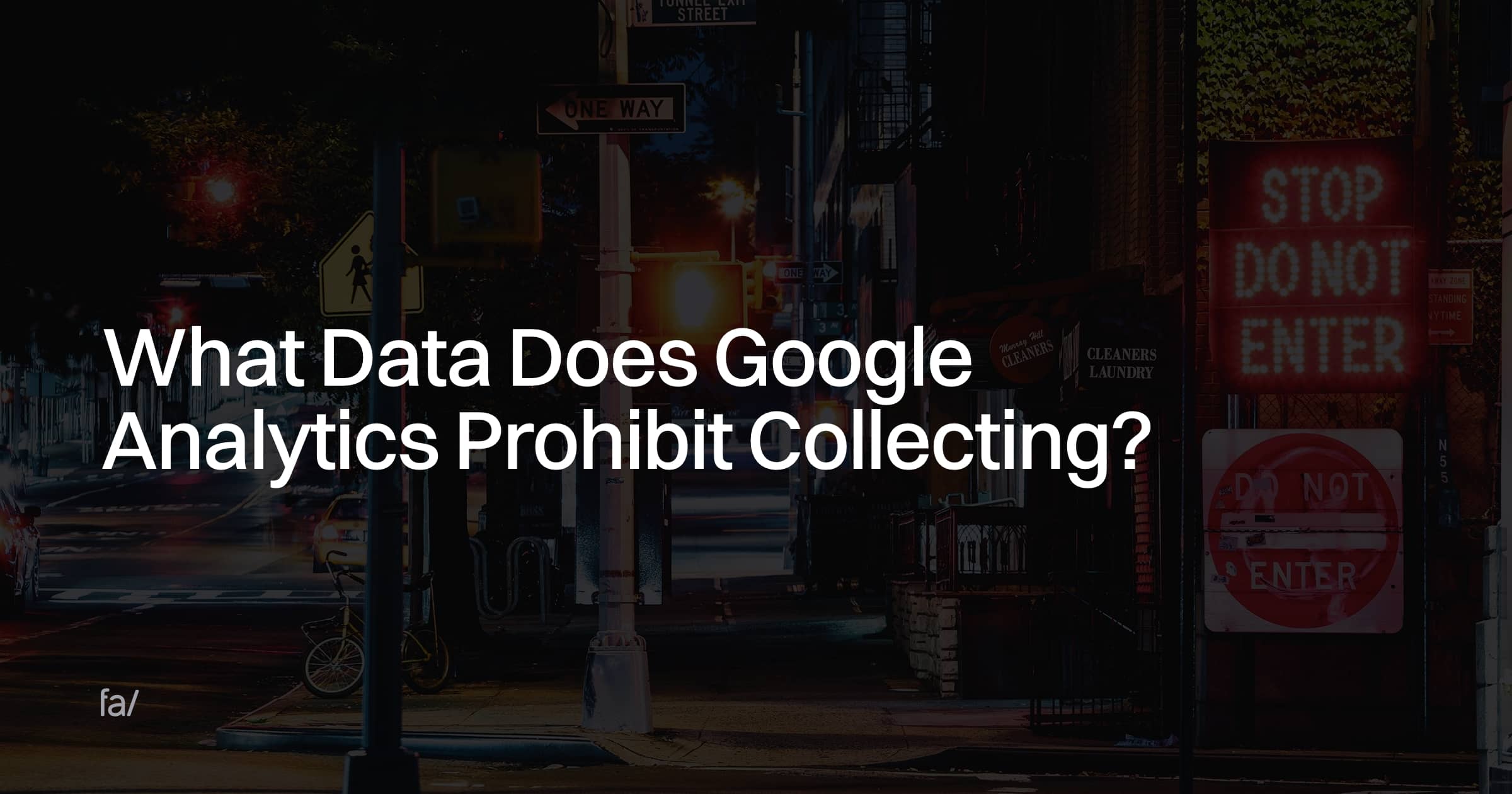Study Analytics: What Data Does Google Analytics Prohibit Collecting?
Understanding the Art of Conquering Data Collection Limitations in Google Analytics for Better Decision-Making
In the world of digital analytics, the capability to essence significant insights from data is critical for educated decision-making. Google Analytics stands as a powerful device for companies looking for to comprehend customer behavior, track conversions, and maximize their on-line visibility. However, data collection restrictions within this platform can hinder the accuracy and deepness of the information gathered. To genuinely harness the potential of Google Analytics for calculated decision-making, understanding the art of conquering these restraints is important. By utilizing tactical techniques and innovative techniques, companies can boost their data quality, unlock hidden understandings, and lead the way for more effective and informed decisions.
Information Top Quality Evaluation
Analyzing the top quality of data within Google Analytics is an important action in making sure the integrity and precision of understandings originated from the accumulated information. Data top quality analysis entails reviewing numerous elements such as accuracy, completeness, consistency, and timeliness of the data. One key element to think about is data accuracy, which refers to just how well the information shows the true values of the metrics being measured. Imprecise data can cause malfunctioning final thoughts and misguided business decisions.
Completeness of data is an additional vital factor in examining information quality. Uniformity checks are additionally important in information top quality evaluation to recognize any inconsistencies or abnormalities within the information collection. By prioritizing information quality evaluation in Google Analytics, organizations can enhance the dependability of their analytics records and make even more enlightened decisions based on accurate insights.
Advanced Tracking Methods
Making use of innovative monitoring methods in Google Analytics can dramatically enhance the depth and granularity of information gathered for even more extensive analysis and understandings. One such method is occasion monitoring, which permits for the surveillance of specific interactions on a site, like clicks on buttons, downloads of documents, or video clip sights. By implementing event tracking, businesses can gain a deeper understanding of customer behavior and engagement with their online content.
Additionally, customized dimensions and metrics offer a way to tailor Google Analytics to specific business needs. Custom measurements permit the production of new information factors, such as customer functions or client sections, while customized metrics enable the tracking of special efficiency signs, like profits per individual or average order worth.
Moreover, the utilization of Google Tag Supervisor can enhance the application of tracking codes and tags across an internet site, making it less complicated to take care of and release sophisticated monitoring setups. By utilizing these sophisticated monitoring methods, organizations can open important understandings and maximize their on-line approaches for far better decision-making.
Personalized Dimension Execution
To enhance the depth of data collected in Google Analytics past sophisticated monitoring methods like occasion monitoring, companies can carry out customized measurements for more customized insights. Personalized dimensions permit services to specify and gather specific information points that relate to their special goals and purposes (What Data Does Google Analytics Prohibit Collecting?). By designating personalized dimensions to various elements on a website, such as customer communications, demographics, or session details, organizations can acquire a much more granular understanding of just how individuals involve with their on the internet homes

Attribution Modeling Approaches
Efficient acknowledgment modeling is essential for comprehending the influence of various advertising and marketing channels on conversion paths. By utilizing the appropriate attribution design, organizations can accurately associate conversions to the proper touchpoints along the customer journey. One typical acknowledgment version is the Last Communication model, which provides credit score for a conversion to the last touchpoint a user communicated with prior to converting. While this model is easy and easy to carry out, it usually oversimplifies the customer journey, overlooking the influence of various other touchpoints that contributed to the conversion.

Data Sampling Evasion
When dealing with large quantities of information in Google Analytics, getting rid of information sampling is vital to make sure accurate understandings are derived for informed decision-making. Information tasting happens when Google Analytics estimates patterns in data instead of assessing the total dataset, potentially resulting in skewed outcomes. To prevent data sampling, one reliable method is to reduce the date array being examined. By focusing on much shorter timespan, the probability of experiencing sampled information reductions, offering a more specific depiction of user actions. Additionally, making use of Google Analytics 360, the premium version of the system, can assist mitigate tasting as it allows for greater data limits before tasting begins. Implementing filters to narrow down the data being analyzed can also assist in preventing sampling problems. By taking these proactive actions to reduce information sampling, businesses can draw out a lot more accurate understandings from Google Analytics, leading to far better decision-making and improved total efficiency.
Verdict
Finally, grasping the art of getting over data collection restrictions in Google Analytics is crucial for making notified choices. By performing a comprehensive information top quality assessment, carrying out innovative tracking techniques, using custom dimensions, employing attribution modeling approaches, and staying clear of data sampling, companies can make sure that they have dependable and precise data to base their decisions on. This will eventually lead to more effective great site strategies and better outcomes for the organization.
